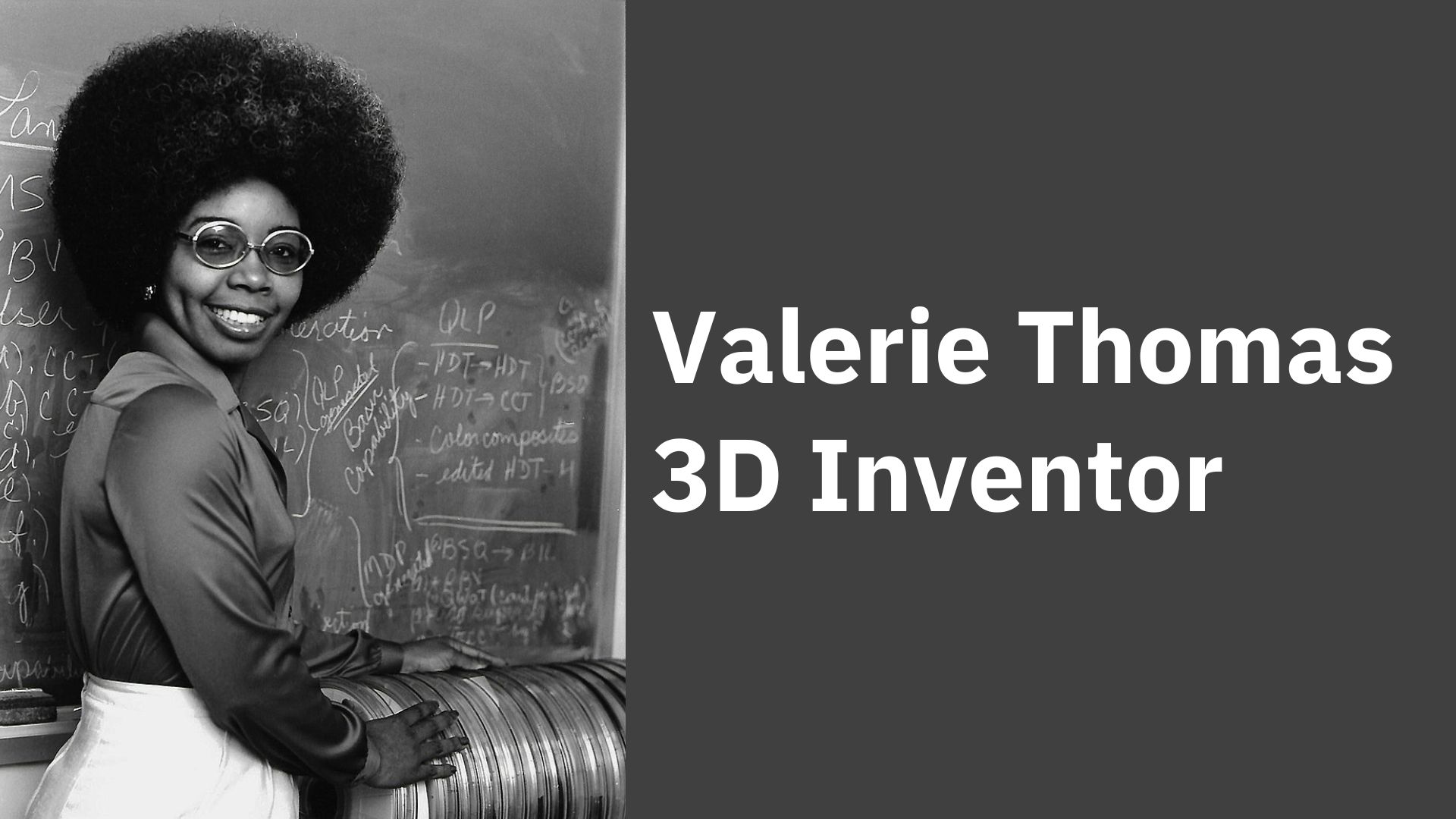Valerie L Thomas was born in Baltimore in 1943 and graduated from an all-girls public high school only seven years after public schools were desegregated. As a child she was a voracious reader who loved science fiction. She watched her father repair television sets and became fascinated with the way things worked. She attended the HBCU Morgan State University as one of only two female students in the Physics department. After graduating with honors, she went to work at NASA as a data analyst. She was part of teams that worked on the development of early computer languages, playing a significant role in how we interact with computers today.
She developed real-time computer data systems to help visualize Earth from space. Her extensive work with NASA helped shape the space programs and how data is processed and visualized in space research.
After seeing an illusion of a light bulb at a science conference, she began to research and experiment, she received a patent for the illusion transmitter in 1980. It uses parabolic mirrors to transmit three-dimensional images across a distance, making them look as if they are in front of the mirror. The technology was subsequently adopted by NASA and helped shape one of the most successful and versatile satellite imaging programs that continues today.
In her career at NASA, she pioneered data systems for the Landsat Program; developed algorithms for Ozone Layer Analysis, Innovated communication technology for spacecraft systems; and led operations planning for the Mars Observer project.
Her work had a significant effect on medical imaging techniques, including MRI and CT scans, and impacted television broadcasting, offering new ways to produce and consume TV content, including the development of high-definition and 3D television.
As of 2022, the technology was still used by NASA and is being adapted for surgery, and television and video screens.

